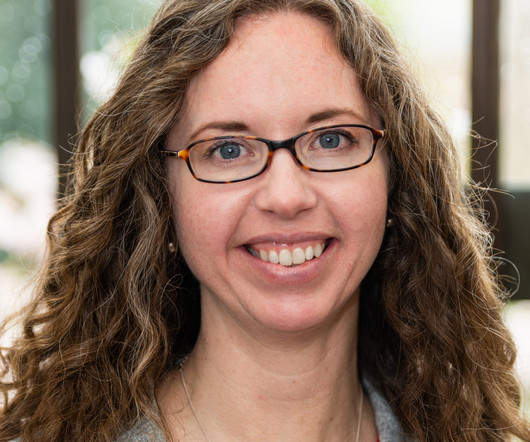Geriatric Medicine Board Meeting Summary | Spring 2025
ABIM
JUNE 12, 2025
Expanding ABIM’s engagement with stakeholder communities such as early career physicians, specialty societies and patient-focused organizations. Looking at ABIM physicians, 11,374 physicians have been certified in geriatric medicine since it was first offered in 1988, with 4,740 currently maintaining a valid certification.












Let's personalize your content